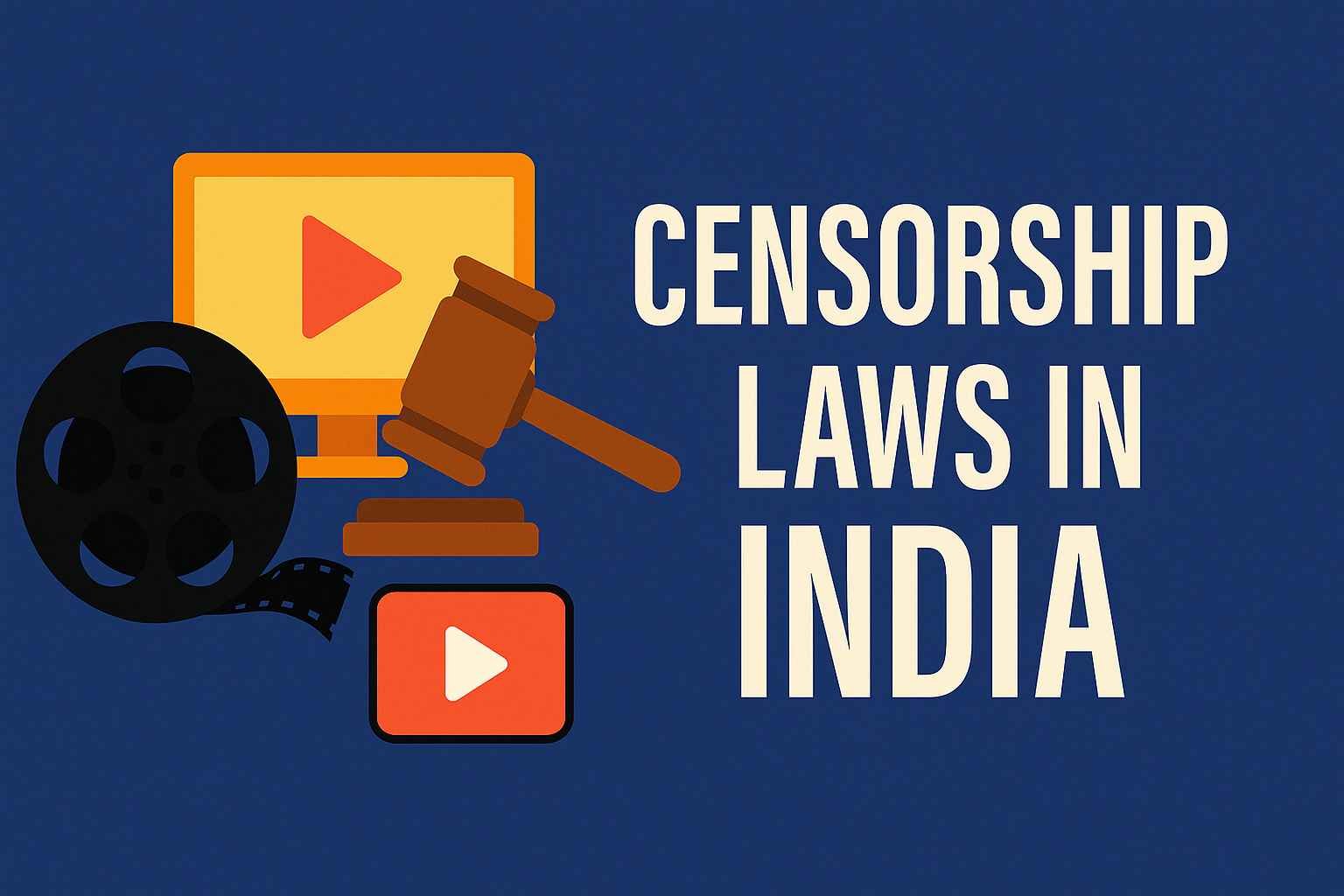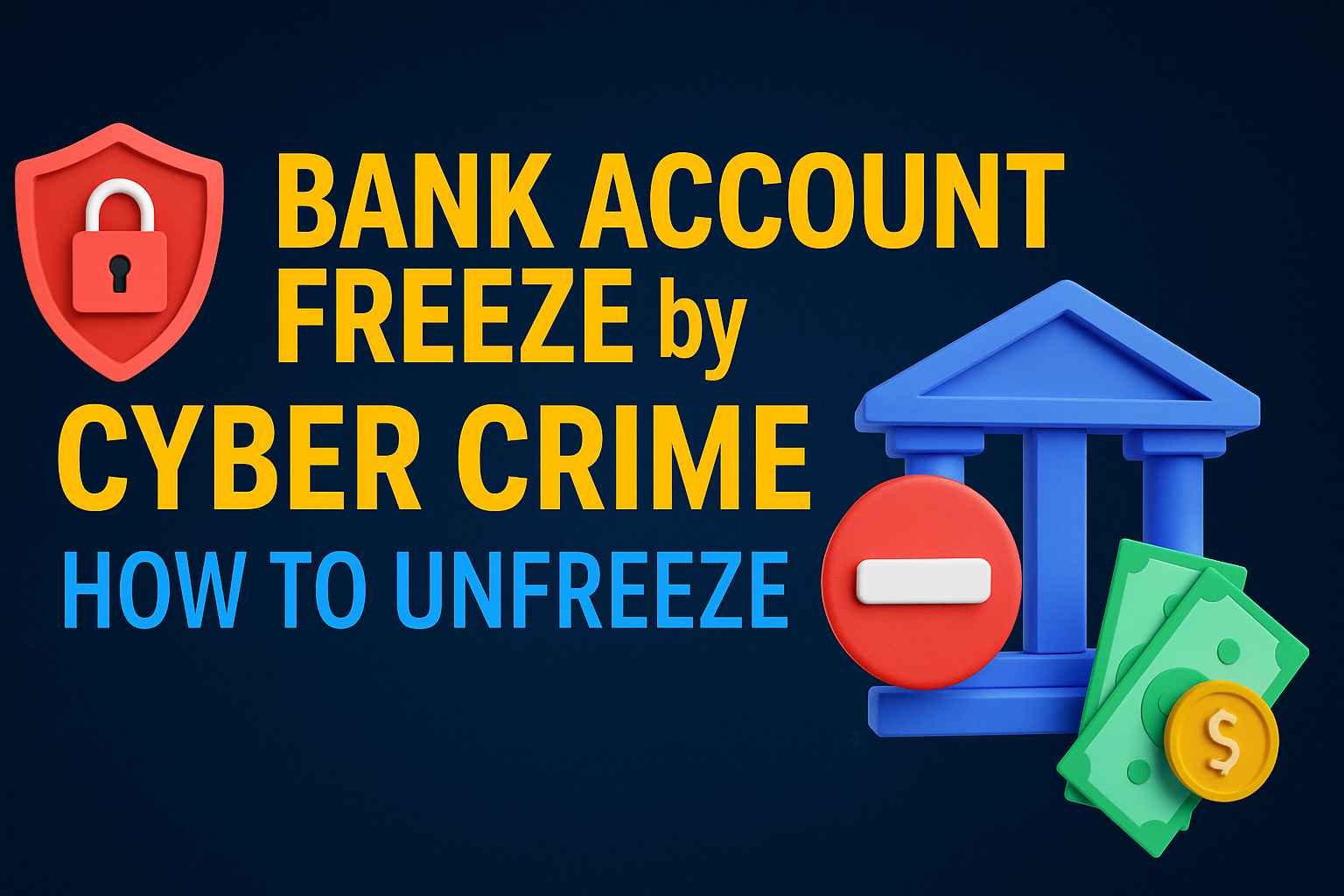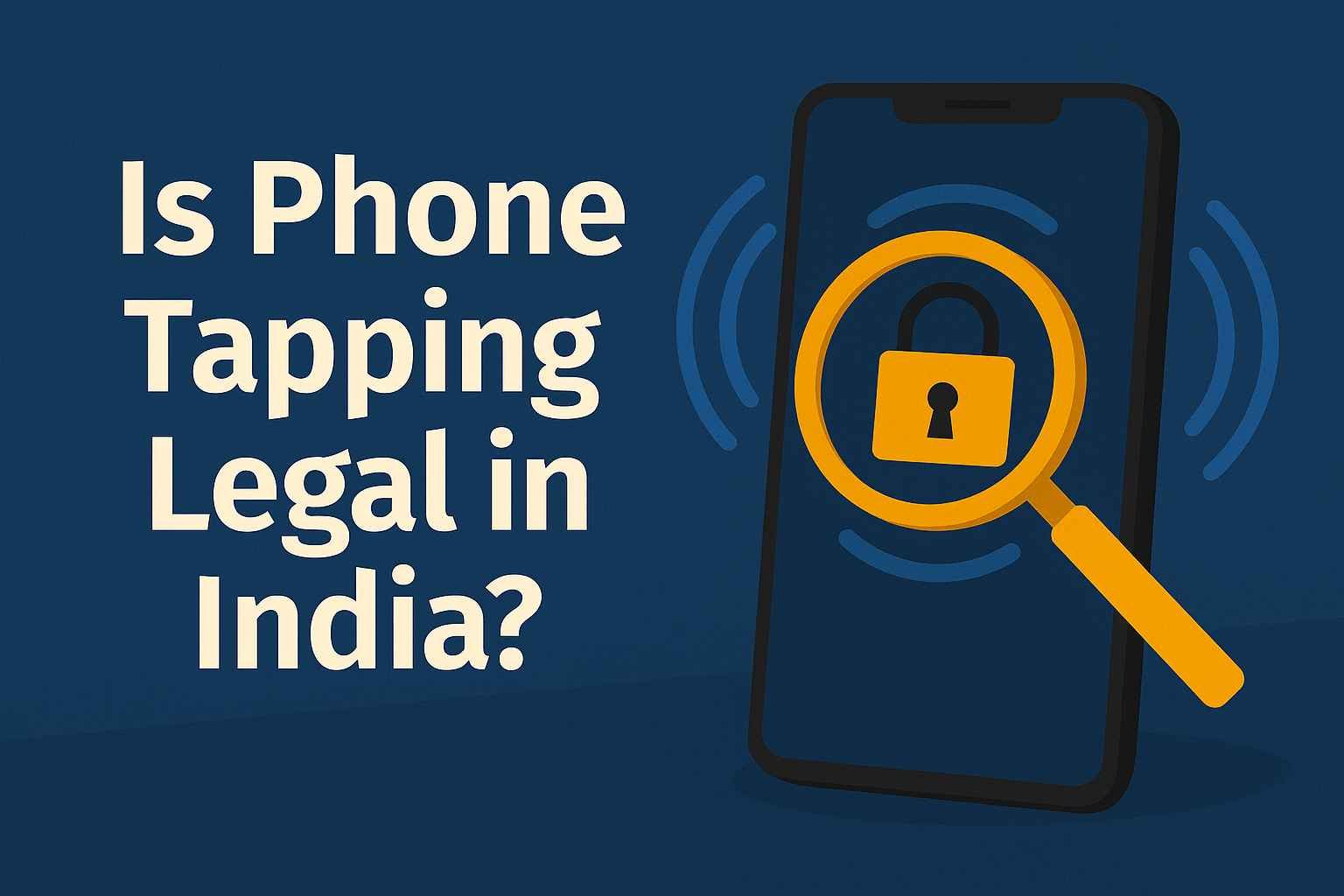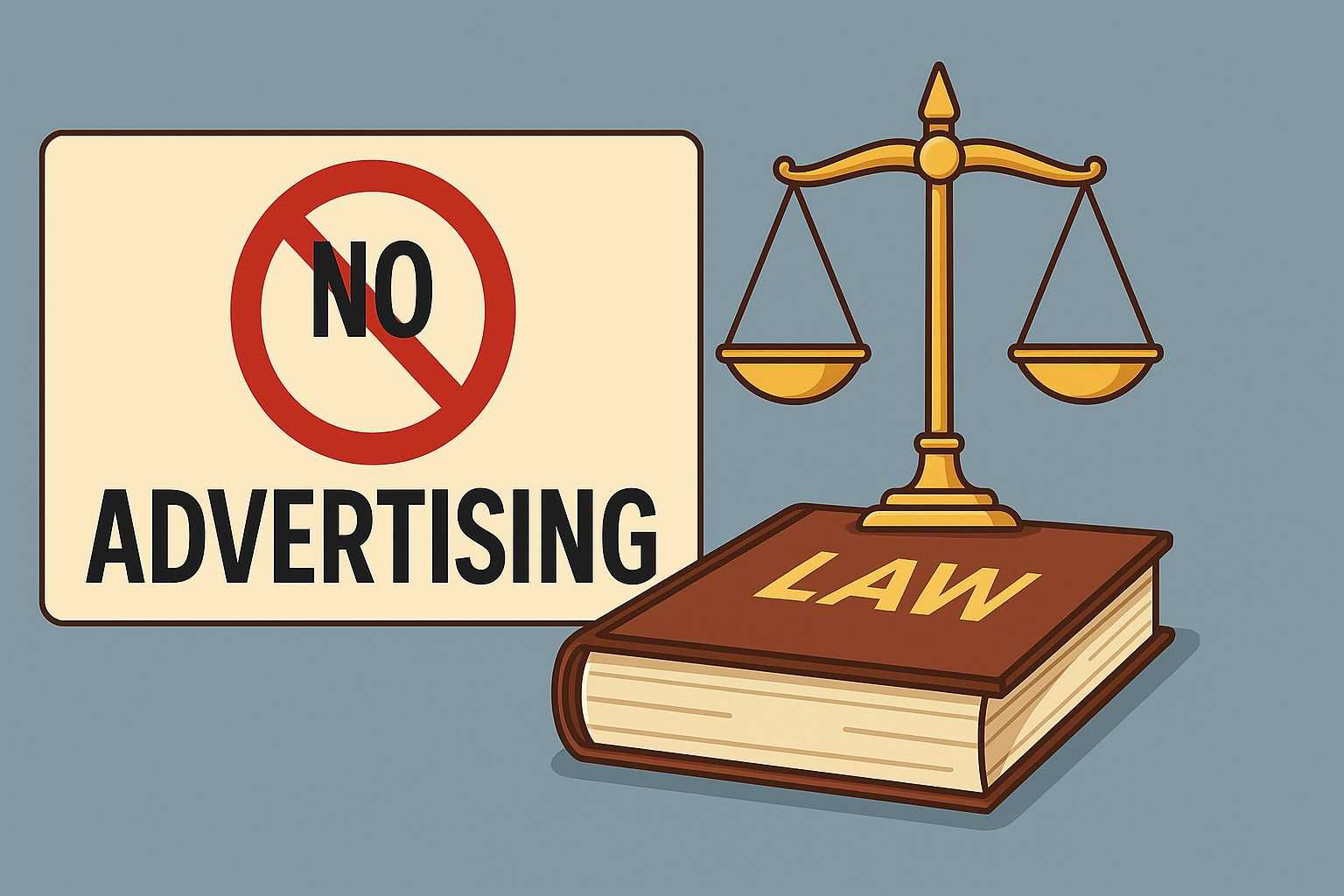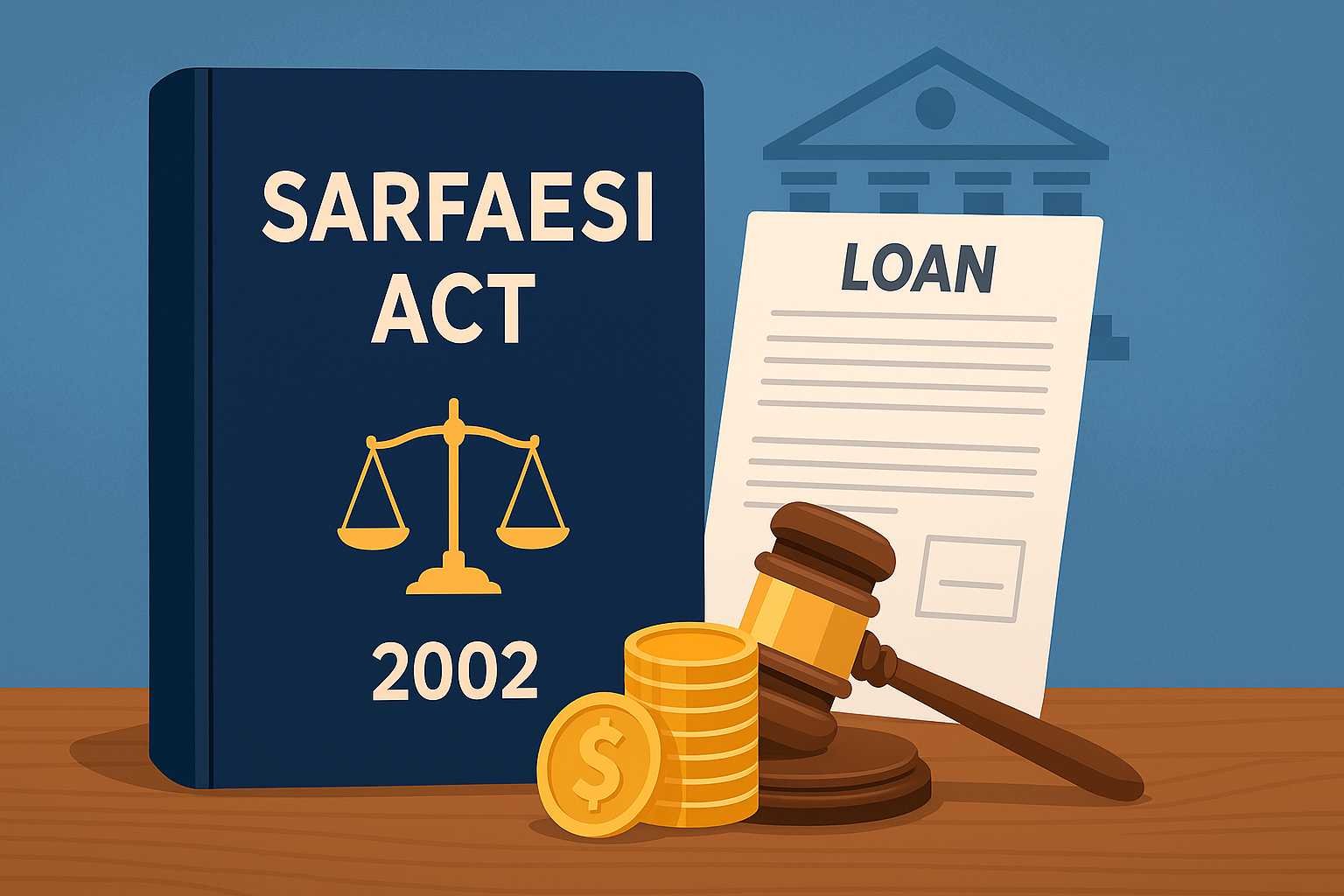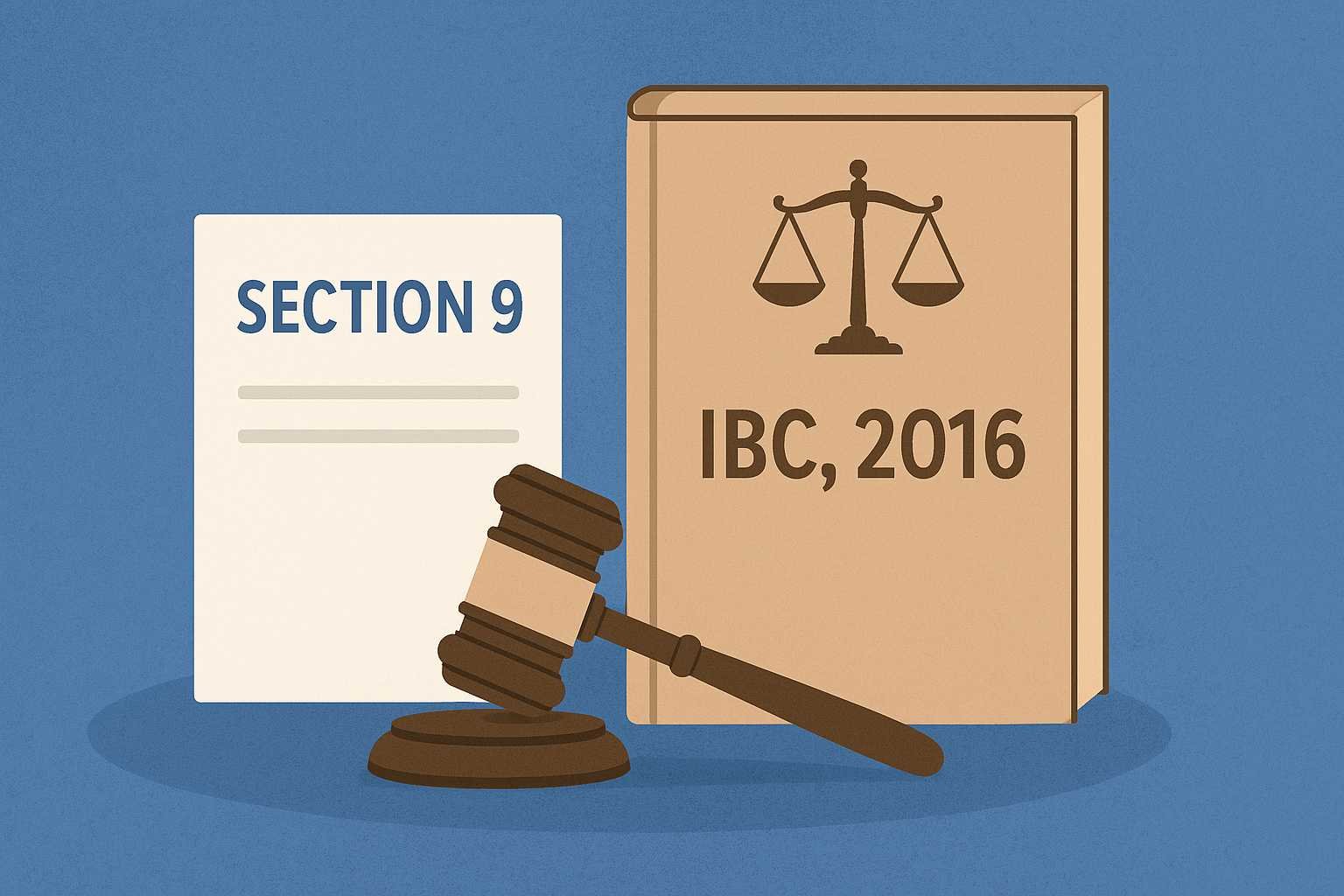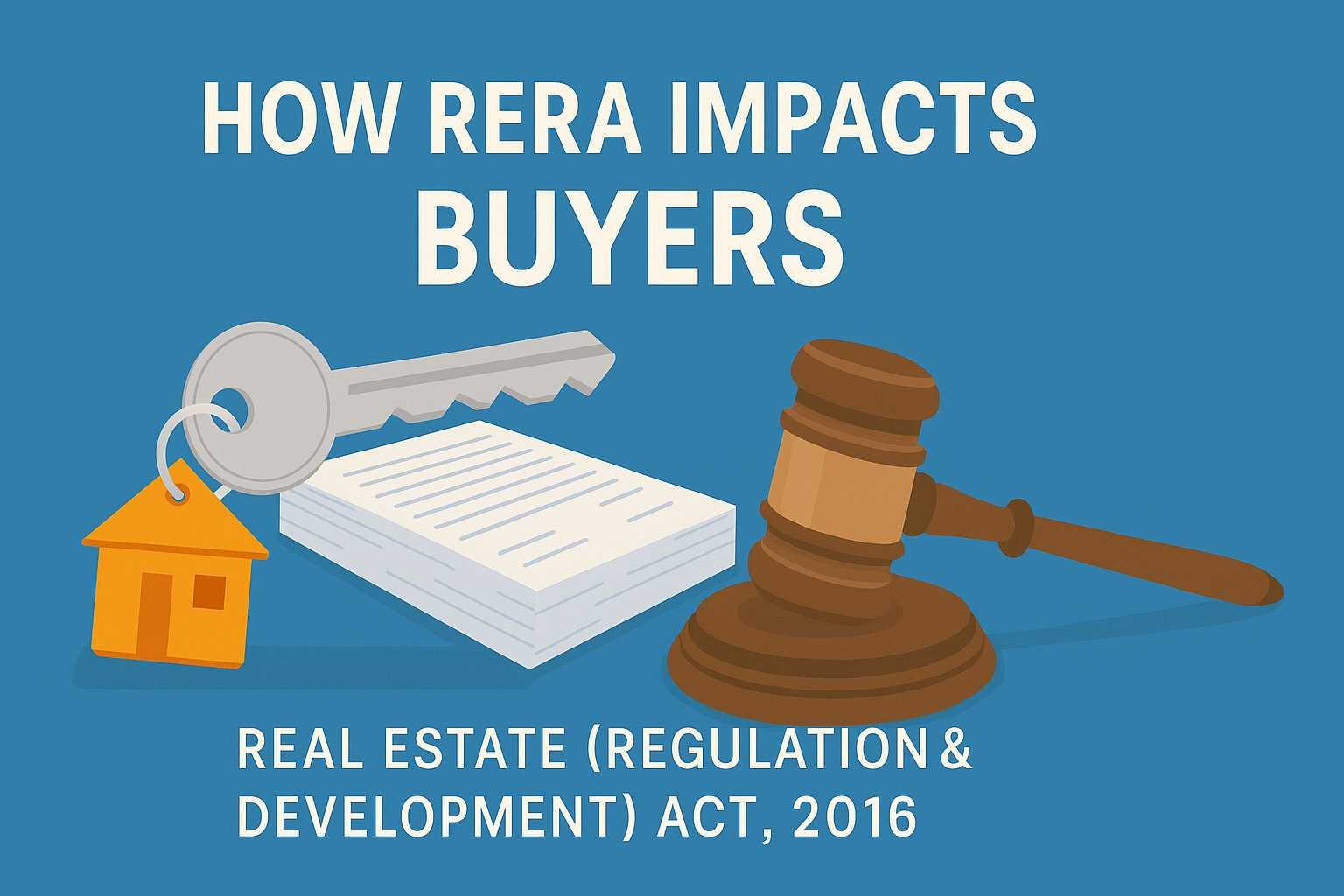On this page you will read detailed information about Censorship Laws in India.
Cinema and digital streaming have become central to Indian entertainment. While films have been subject to state control for decades, web series and OTT content have opened up new debates on censorship, creative freedom, and morality. Audiences want authentic storytelling, but regulators stress the need for guidelines to protect social order, cultural values, and security.
So, what exactly are the laws that regulate censorship in India? How do they differ between movies and online platforms? Let’s explore the legal framework, landmark cases, and emerging challenges.
Censorship in Indian Cinema: The Traditional Framework
The Cinematograph Act, 1952
The foundation of film censorship in India lies in the Cinematograph Act, 1952. This law empowers the Central Board of Film Certification (CBFC) to review, certify, and censor films before public release.
The CBFC issues certificates under categories like:
- U (Universal) – For all audiences.
- UA (Parental Guidance) – For children under 12, with parental supervision.
- A (Adult) – For viewers above 18.
- S (Special Class) – For limited audiences, such as doctors or professionals.
The Board has the power to demand cuts, mute dialogues, or even refuse certification if a film violates certain grounds, such as:
- Threatening sovereignty or integrity of India.
- Endangering friendly relations with foreign states.
- Offending decency, morality, or religious sentiments.
- Inciting violence or undermining law and order.
Without CBFC certification, no film can be publicly exhibited in theatres.
Key Case Law: K.A. Abbas v. Union of India (1970)
In this landmark judgment, the Supreme Court upheld pre-censorship of films as constitutional. The Court reasoned that movies have a more powerful impact on public opinion than other forms of art, so reasonable restrictions under Article 19(2) (freedom of speech) were justified.
Cinematograph (Amendment) Bill, 2023
In recent years, Parliament passed an amendment to strengthen anti-piracy provisions and introduce age-based classifications like U/A 7+, U/A 13+, U/A 16+. The government also gave itself limited “re-examination” powers, raising concerns about excessive control.
Web Series and OTT Content: A New Challenge
Unlike cinema, web series and streaming content operated in a legal grey zone until recently. Platforms like Netflix, Amazon Prime, Disney+ Hotstar, and local OTTs argued that they were self-regulated, but public pressure and court petitions demanded clearer rules.
IT Rules, 2021 (Information Technology Rules)
The Information Technology (Intermediary Guidelines and Digital Media Ethics Code) Rules, 2021 brought OTT platforms under direct regulation. Key features include:
- Three-Tier Grievance Redressal System
- Level 1: Self-regulation by publishers.
- Level 2: Self-regulation by an industry body.
- Level 3: Oversight by the government’s Inter-Departmental Committee.
- Age Classification
OTT content must carry labels like U, U/A 7+, U/A 13+, U/A 16+, and A. Platforms must also provide parental locks for adult content. - Content Code
Digital publishers must ensure content does not:- Harm India’s sovereignty or integrity.
- Threaten national security.
- Outrage religious sentiments.
- Promote obscenity, violence, or discrimination.
While these rules do not mandate “pre-censorship” like the CBFC, they introduce strong compliance requirements and potential takedowns.
In the previous post, we had shared information about Regulating Deepfake and Generative AI in India: Protecting Against Misinformation and Harm, so read that post also
Judicial Interventions on Web Content
Several petitions have reached the courts, demanding OTT content be censored like cinema. Some argued that shows with explicit language, nudity, or political themes harmed Indian culture.
- In Justice for Rights Foundation v. Union of India (2019), the Delhi High Court initially refused to impose pre-censorship on web series, emphasizing free speech.
- However, after 2021, the IT Rules effectively created a framework for post-release accountability, balancing creative freedom with regulatory oversight.
Key Differences Between Movies and Web Series Regulation
| Aspect | Movies (Cinema) | Web Series / OTT |
|---|---|---|
| Regulating Law | Cinematograph Act, 1952 | IT Rules, 2021 (under IT Act, 2000) |
| Authority | CBFC (Central Board of Film Certification) | Ministry of Electronics & IT (with industry self-regulation) |
| Pre-Censorship | Mandatory | Not mandatory (self-certification, but oversight possible) |
| Certificates | U, UA, A, S (plus new age ratings) | U, U/A 7+, U/A 13+, U/A 16+, A |
| Penalty | Refusal of certificate, cuts, edits | Content takedown, blocking orders, loss of safe harbor |
Criticism of Censorship Laws
- Chilling Effect on Creativity
Filmmakers and OTT creators argue that vague terms like “decency” or “morality” give authorities excessive power to silence criticism or bold storytelling. - Inconsistency
Films face strict pre-censorship, while web series often face post-release complaints. This uneven approach creates uncertainty. - Political Sensitivity
Many believe censorship laws are misused to stifle dissent, satire, or films dealing with controversial politics and history. - Cultural vs. Global Standards
Audiences in India consume global content without restrictions. Yet Indian creators face tighter controls, which affects competitiveness.
Balancing Freedom and Responsibility
Despite criticism, censorship laws also have supporters. The argument is that India is a diverse country with sensitive social fabric, and content that promotes hatred or excessive obscenity can destabilize communities.
The real challenge is finding a balance—protecting freedom of expression under Article 19(1)(a) while enforcing “reasonable restrictions” under Article 19(2).
The Road Ahead
- Cinematograph Amendment Bills will likely continue tightening film censorship, especially around piracy and re-examination of certificates.
- IT Rules for OTTs may evolve further, with possible pre-screening committees in the future, depending on political and public pressure.
- Self-regulation Models: Industry bodies are working on voluntary guidelines to show responsibility without stifling creativity.
- Public Awareness: Ultimately, censorship in a democracy is not just about laws but also about societal maturity and media literacy.
Conclusion
India’s censorship laws create a dual system: cinema is governed by the Cinematograph Act and CBFC, while web series and OTT platforms fall under the IT Rules, 2021. Both systems restrict content that threatens national security, decency, or public order, but the mechanisms differ—films are censored before release, while OTT shows face post-release accountability.
The debate continues: Should creative industries enjoy more freedom, or should the state step in to protect public morality? The answer likely lies in balance—clearer guidelines, stronger self-regulation, and respect for artistic freedom within constitutional limits.
As Indian audiences mature and globalize, laws on censorship will keep evolving. The goal must be not to silence art, but to ensure it respects diversity and dignity while enabling fearless storytelling.
Disclaimer
The information and services on this website are not intended to and shall not be used as legal advice. You should consult a Legal Professional for any legal or solicited advice. While we have good faith and our own independent research to every information listed on the website and do our best to ensure that the data provided is accurate. However, we do not guarantee the information provided is accurate and make no representation or warranty of any kind, express or implied, regarding the accuracy, adequacy, validity, reliability, availability, or completeness of any information on the Site. UNDER NO CIRCUMSTANCES SHALL WE HAVE ANY LIABILITY TO YOU FOR ANY LOSS OR DAMAGE OF ANY KIND INCURRED AS A RESULT OR RELIANCE ON ANY INFORMATION PROVIDED ON THE SITE. YOUR USE OF THE SITE AND YOUR RELIANCE ON ANY INFORMATION ON THE SITE IS SOLELY AT YOUR OWN RISK. Comments on this website are the sole responsibility of their writers so the accuracy, completeness, veracity, honesty, factuality and politeness of comments are not guaranteed.
So friends, today we talked about Censorship Laws in India, hope you liked our post.
If you liked the information about Censorship Laws in India, then definitely share this article with your friends.
Knowing about laws can make you feel super smart ! If you find value in the content you may consider joining our not for profit Legal Community ! You can ask unlimited questions on WhatsApp and get answers. You can DM or send your name & number to 8208309918 on WhatsApp

